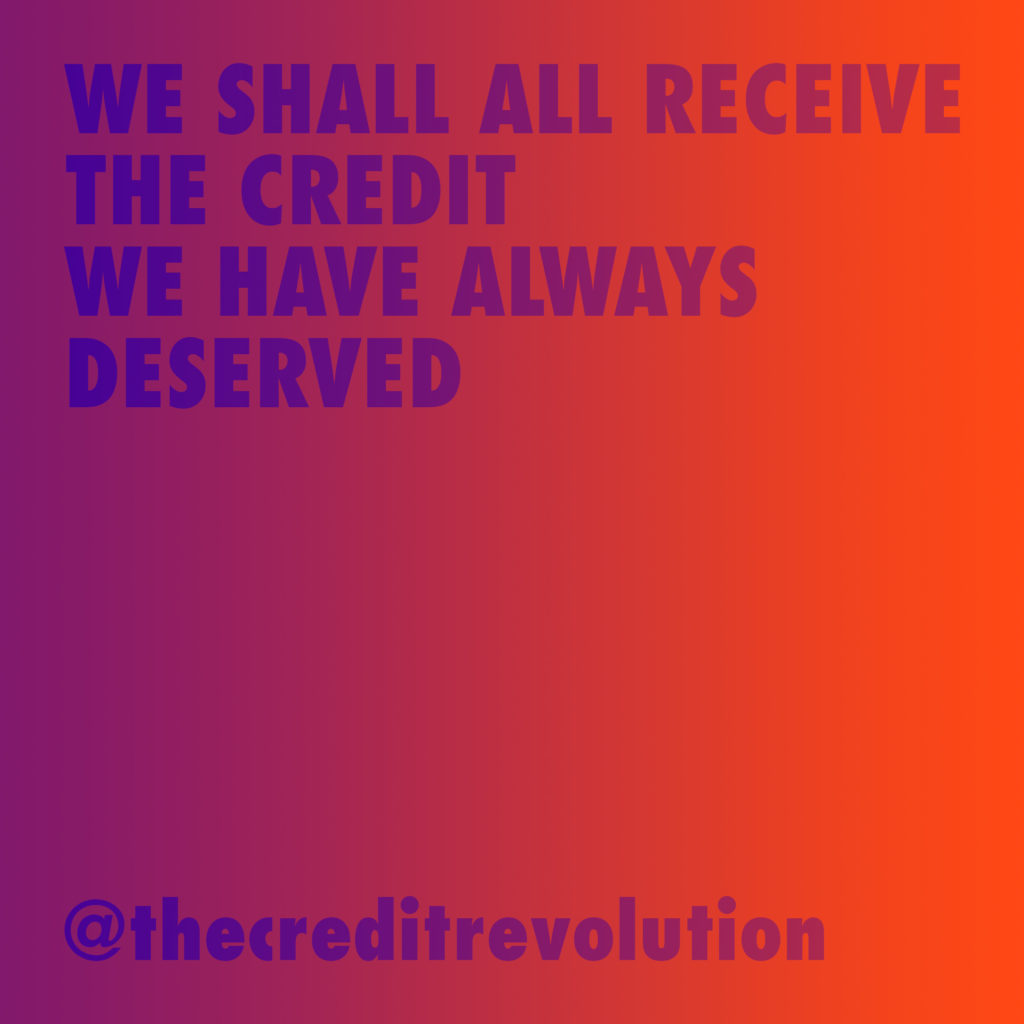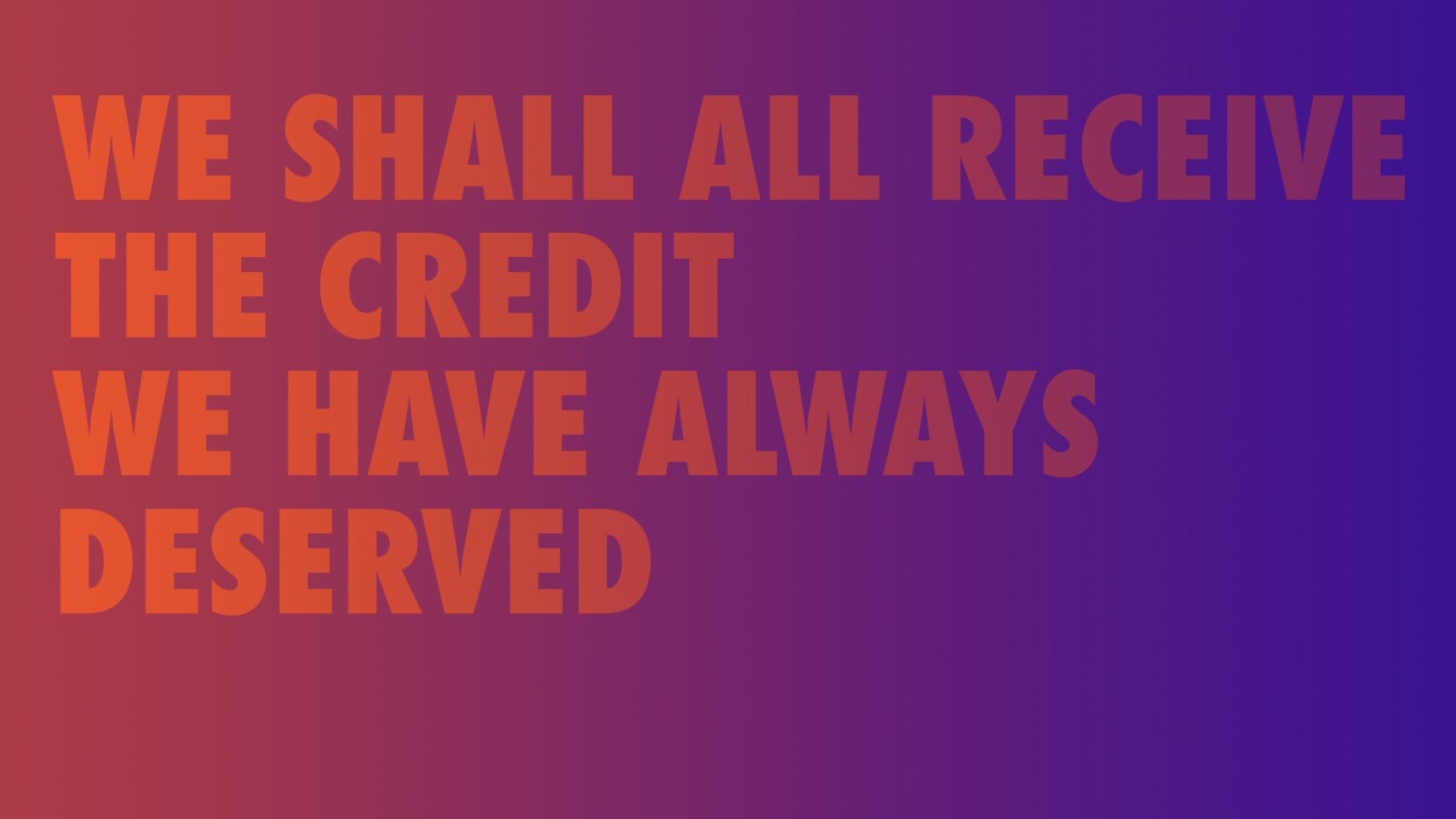The Credit Revolution: It’s Time to Give Visualization Artists The Credit They Deserve
A group of high-profile architecture visualization professionals have banded together to ensure that they are properly credited when their work is disseminated throughout the architecture and media world at large. A problem that many photographers are also familiar with, for years, architectural visualization artists have found their work has gone uncredited when those assets are so vital to getting architecture projects off the ground.
Led byDBOX founder Matthew Bannister, “The Credit Revolution” as it has been coined, is beginning to pop up across the architecture social media niche, with rendering artists posting the image below to their feeds.

Despite the importance of renderings to market planned projects to the world, the artists who labor for countless hours to perfect these images are largely forgotten once they are released to the public. There are myriad blogs, instagram hubs, and press releases that are pushed daily with not a mention of who created the actual art contained within.
“A major challenge is changing what seems to be an illogical crediting bias amongst many architects. While it has always been de rigueur to credit an architectural photographer that documents the final built work, many architects have a really hard time acknowledging those that help envision and shape the project as part of the process.Sometimes the rendering team works from next to no information, on say an architectural competition, as an extended part of the architectural design team. In an instance like this, the renderer is quite literally expected to solve and embellish what isn’t yet there in the architect’s drawings. All too often, when the competition is won we see that the rendering team is completely forgotten.
Matthew Bannister, Founder, DBOX
“The press release has obviously gone out with all the visuals uncredited and the rendering teams are left feeling lower than the characters from the basement of Downton Abbey! Fast forward five years to when the project is built and the photos, of say Iwan Baan, will of course be credited as they grace the covers of all the publications. This inequity has to stop.
“I discussed this crediting malaise across architectural practices a couple of weeks ago with arguably the most important architect of our time and he sympathetically agreed that ‘it’s definitely time to change the architect’s mindset’. He was fully in support of architects crediting the visualizers for their ongoing collaborative efforts.”
In parallel to many photographers, Bannister also goes on to mention that he simply WILL NOT do “Work Made For Hire” – something which I find refreshing in a landscape where almost all photographers have been asked to kowtow to these absurd requests. In a work-made-for-hire agreement, the commissioning party often owns the rights to images or renderings outright and there is no need for credit – in most cases this severely limits the ability of the original creator to use those works for marketing or ever derive any benefit from licensing the images. As Bannister does, I urge any creative to rejects all work-made-for-hire agreements and instead license work to those who hire you.
Bannister is insistent that “The Credit Revolution” is not solely about gratification for him or his team, but an effort to shift industry-wide standards to respect and, well, credit those who are responsible for some of the most important marketing collateral produced for architecture projects.
“DBOX nearly always gets credit, it’s something we have fought tirelessly for from day one. Our clients know it is a condition to working with us. It’s in our contract, it was in our very first contract in 1996. We don’t do ‘work for hire’. I launched ’The Credit Revolution’ in an effort to help all the artists and studios in our industry receive the credit they have always deserved. It’s about the renderers uniting, saying ‘no more’ and elevating the perceived value of our discipline to where its real value has always been.
Matthew Bannister, Founder, DBOX
My hope is that architects will also use our logic to make sure they are also always credited correctly. There are many large Instagrams that seem only concerned with image and themselves. It is reducing ‘reporting’ down to nothing but images, often without any indication of the architectural author, never mind the renderer. All we see is an image and 30 self serving hashtags. It’s as if we are slowly losing any sense of intelligent architectural discourse. Call me old fashioned, but a publication from the past would have never survived on such a pathetic kind of insta-reporting. Their only goal is to race to a high follower count so they can charge to post content. Digital killed the musician in the 90’s. Social is looking like the equivalent for the design professional today.
The founders of “The Credit Revolution” have, alongside the images and social media posts, released some simple guidelines for artists and studios to follow to ensure that they are properly credited going forward. 1
1. Social Media Awareness Campaign
First, download these images and videos and post them to your social media channels to show support for the initiative and to help spread the word: Consider posting the link in your profile so others can download the content: https://we.tl/t-YZ8bCtZCYM
2. Update your Social Media post information
We are recommending everyone (ArchViz artists and studios) add the following text to all posts they make on social media: Make sure you change @studioname to YOUR IG handle. Also the email address.
Publishing Guidelines | If you own or are affiliated with a company that provides rendering services you do not have permission to post our work. The jig is up. If you are an Instagram aggregator that posts Architectural renderings or graphic design then you must write ‘Image by @studioname’ in the FIRST line. If you are an Instagram aggregator that posts general Architecture/Interior Design photography then you must write ‘image by @studioname’ immediately after the Architect/Designer credit. We may choose to ask you to take a post down and the above should not be considered irrevocable permission to post <Studioname> IP. If you are a client, the crediting requirements are outlined in our mutual agreement. For all other usages outside of Instagram contact <studio email address>
3. Pay attention
If you would like to see updates please follow @thecreditrevolution on Instagram
Maybe it is high time that photographers do the same – while the problem isn’t as rampant in our industry, there are still plenty of examples of photographer credit being completely left off the table. Need I mention real estate photography? The lack of credit there is shambolic – but that’s another post for another day! To learn more about The Credit Revolution, check out the original post on Architizer. Thanks to Pavel Bendov for sending this tip in!
